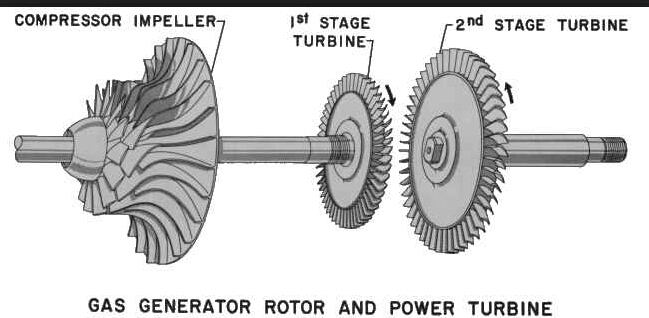Categories
- Blog (4)
Turbocharger Design The turbocharger is bolted to the exhaust manifold of the engine. The exhaust
from the cylinders spins the turbine, which works like a gas turbine engine. The turbine is connected by
a shaft to the compressor, which is located between the air filter and the intake manifold. The
compressor pressurizes the air going into the pistons.
The exhaust from the cylinders passes through the turbine blades, causing the turbine to spin. The more
exhaust that goes through the blades, the faster they spin.
On the other end of the shaft that the turbine is attached to, the compressor pumps air into the
cylinders. The compressor is a type of centrifugal pump — it draws air in at the center of its blades and
flings it outward as it spins.
 turbine wheel
turbine wheel
In order to handle speeds of up to 150,000 rpm, the turbine shaft has to be supported very carefully.
Most bearings would explode at speeds like this, so most turbochargers use a fluid bearing. This type of
bearing supports the shaft on a thin layer of oil that is constantly pumped around the shaft. This serves
two purposes: It cools the shaft and some of the other turbocharger parts, and it allows the shaft to spin
without much friction.